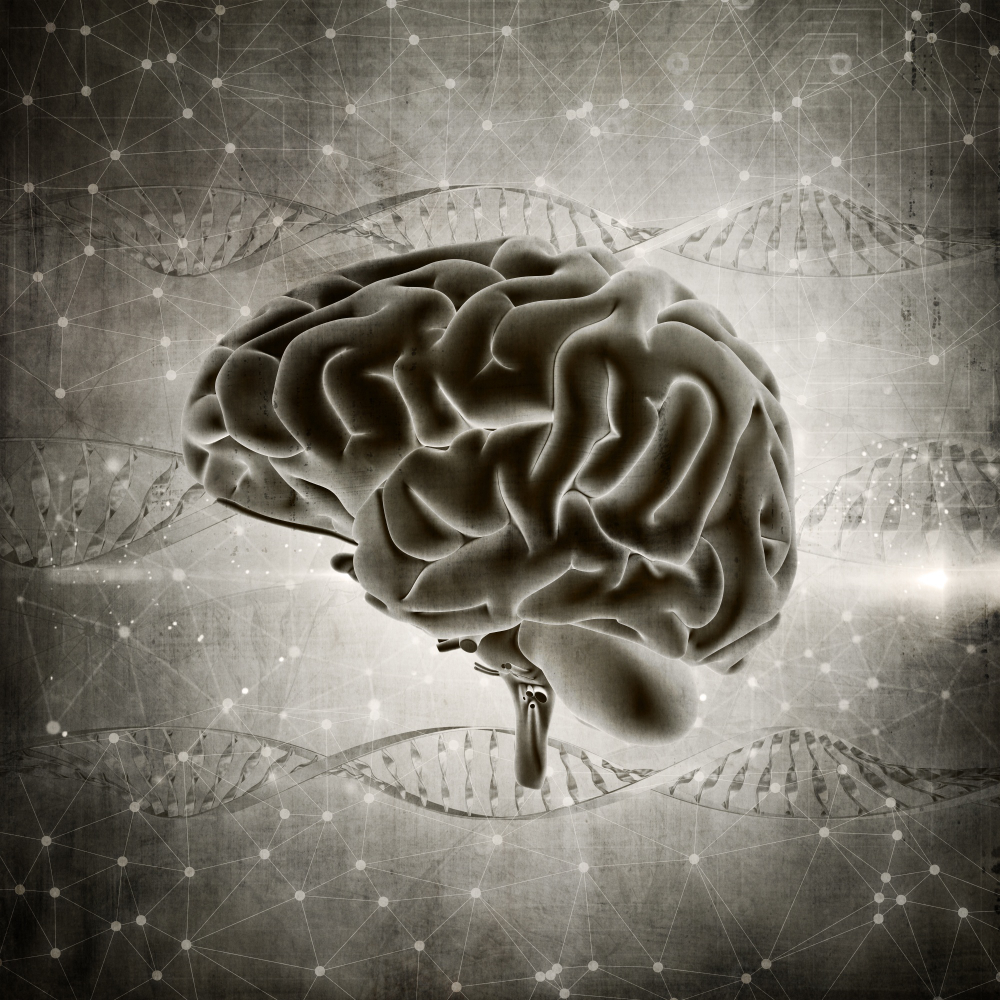Metal mixture-induced non-transgenic animal model of Alzheimer’s disease: Pros and cons

Accepted: 18 January 2019
All claims expressed in this article are solely those of the authors and do not necessarily represent those of their affiliated organizations, or those of the publisher, the editors and the reviewers. Any product that may be evaluated in this article or claim that may be made by its manufacturer is not guaranteed or endorsed by the publisher.
Alzheimer’s disease (AD) is a multifaceted and heterogeneous age-related disease and represents the most common cause of dementia among the elderly. Over the past two decades, transgenic models of AD appreciably contribute to the understanding of the molecular mechanisms involved in the onset and progression of AD. However, transgenic models generally identify with the familial form of AD that accounts for just 5% of AD cases. Thus, non-transgenic models are also essential to thoroughly understand AD pathophysiology. Environmental exposure to heavy metals has been linked to the pathogenesis of the non-familial, sporadic form of AD. This review summarizes our previously published research that showed a mixture of heavy metals, i.e. Arsenic (As), cadmium (Cd) and lead (Pb) at environmentally relevant doses induced AD-parameters and AD-like pathology in the young rats. Our previous findings suggest that the amyloid beta-42 (Aβ1-42) levels in the As+Cd+Pbmixture treated Postnatal-90 day rat brain were comparable with the intracerebroventricular Aβ1-42 infusion rat model, which is well- established non-transgenic model of AD. Additionally, As+Cd+Pb-mixtureinduced Aβ and amyloid precursor protein could be attenuated by known AD-directed drugs, memantine, and donepezil. These findings helped us to conclude that As+Cd+Pb-treated animals could be utilized as a non-transgenic model of AD. This review also summarizes the merits of a nontransgenic animal model of AD, generated through environmental doses of As, Cd and Pb-mixture and its demerits.
Supporting Agencies
Department of Biotechnology, Government of India (GAP-232)Copyright (c) 2023 the Author(s)

This work is licensed under a Creative Commons Attribution-NonCommercial 4.0 International License.
PAGEPress has chosen to apply the Creative Commons Attribution NonCommercial 4.0 International License (CC BY-NC 4.0) to all manuscripts to be published.


 https://doi.org/10.4081/pcr.2023.7768
https://doi.org/10.4081/pcr.2023.7768



